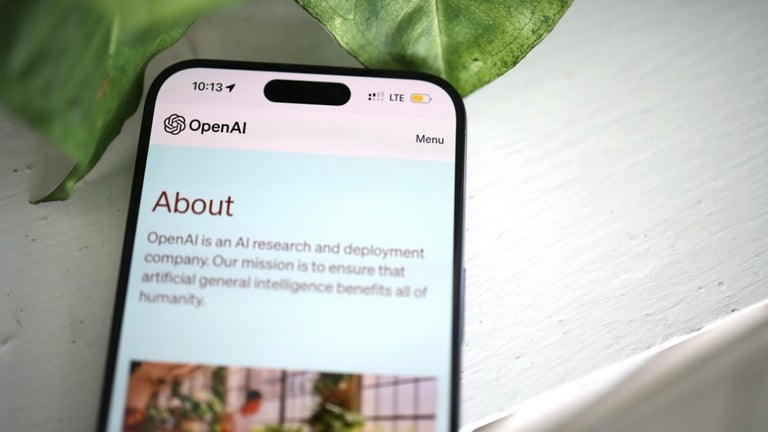MySQL for Windows: Data management made easy
MySQL is an open-source relational database management system (RDBMS). MySQL helps users create, access, and manage databases. It is a free, open-source program that works well on the Windows ecosystem. Using SQL (Structured Query Language), users can store, manage, and retrieve structured data from databases. My SQL can be used for a number of applications, from small projects to large-scale websites and enterprise-level solutions. MySQL is easy to learn and aids in accessing information much quicker and hassle-free.
What is MySQL for Windows?
Today’s world relies heavily on data, not only businesses but individuals as well. The vast amount of data, including usernames, passwords, and other customer information, is stored in databases for effective management. However, accessing or navigating through this data as it is can be a challenge. That is where MySQL comes in. MYSQL is a relational database management system, meaning it helps users store, manage, and retrieve this much-needed data with ease while keeping everything organized and safe from breaches.
Key elements of MySQL for Windows
MySQL has a few elements that play vital roles in managing vast databases. These are:
Database: As the name suggests, a database is a structured collection of data organized and stored in tables. A database serves as a central location where data is organized and managed efficiently. Users can perform various actions on data stored in databases, including storing, retrieving, updating, or deleting data. MySQL provides the necessary tools for these interactions with databases to be smooth and reliable.
Client-server model: Clients are the computers that install and run RDBMS software, and whenever they need to access data, they connect to RDBMS servers. MySQL is one of the RDBMS software.
- SQL: SQL or Structured Query Language is a programming language that allows users to communicate and manage one or more databases. In the RDBMS environment, clients and servers use SQL to communicate. So, users can use SQL commands to perform various actions, like requesting information, changing information, defining data types, and implementing data access controls to secure the database.
- Open-source: MySQL is open-source software, meaning you can use, modify, and customize its source code to better accommodate your needs. There’s also a commercially licensed version that offers more flexible ownership and advanced support.
How does MySQL work?
The basic client-server model usually involves one or more devices connected to a server through a specific network. Every client will then request information from their graphical user interface (GUI), and the server will produce the results as long as both the client and the server understand the instructions. Basically, the main processes involved are:
- MySQL creates a database where data can be stored and managed, and it defines the relationships between different tables within the database.
- Users (clients) type-specific SQL commands instructing the database to perform specific tasks.
- The server responds with the results displayed on the client’s end.
On the client’s end, selecting the most suitable graphical user interface is essential to make data management activities faster and easier.
MySQL and SQL: What’s the difference?
MySQL and SQL are not the same thing. MySQL is a relational database management system software from Oracle. It is designed to help users create, store, and manage databases. On the other hand, SQL is a programming language that allows users to communicate and manage one or more databases. A database is a structured collection of data organized and stored in tables. So, MySQL collects and stores data in a structured manner in databases, and using SQL, clients can communicate with one or more databases and perform various actions like requesting or changing data in one or more databases.
MySQL for Windows: System requirements
My SQL will run on Windows 10, Windows 11, or Windows Server 2016 and later. You will need a capable processor, like Intel Core or equivalent AMD CPU, with at least 3 GHz, but a 2 GHz, dual-core processor is recommended. You will also need a minimum of 4 GB, with 6 GB or higher recommended. A minimum display resolution of 1024 x 768 is required, with 1280 x 1024 recommended. You will also need a compatible graphics card.
Why download MySQL for Windows
MySQL is not the only RDBMS software on the market, but it is one of the most popular, often confused with RDBMS, and for a good reason. Here’s why you should download MySQL for Windows:
- It is flexible and easy to use: My SQL is open-source software, meaning you can use and modify its source code to meet your needs without paying anything. Additionally, the installation is straightforward and doesn’t require any technical skills.
- Offers high performance: MySQL is backed by several cluster servers, meaning it can handle large datasets efficiently.
- It is secure: Data security is a top priority when choosing the right RDBMS software. MySQL offers powerful security features, including User Account Management and Access Privilege System, which help control who can access and perform actions on data stored.
It is the industry standard:
MySQL has been in operation for years, meaning there’s a wealth of resources and many skilled developers familiar with the software. As such, users can expect continuous development of the software and the availability of many experts who are knowledgeable in MySQL.









